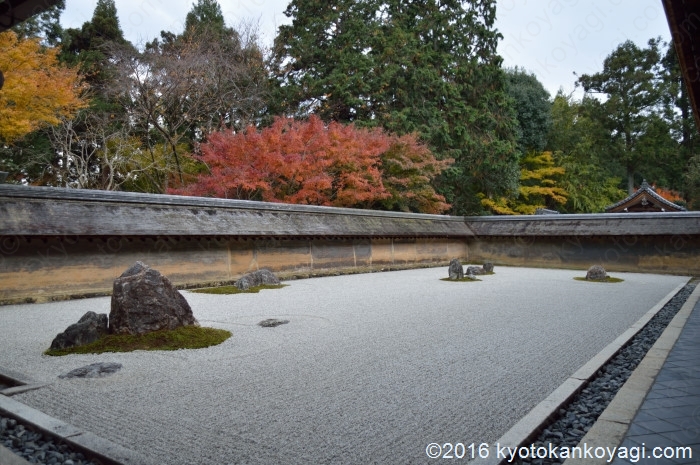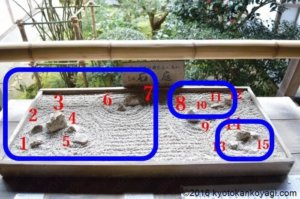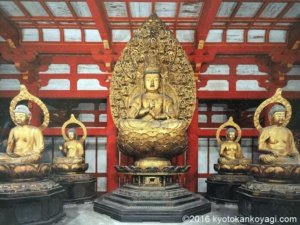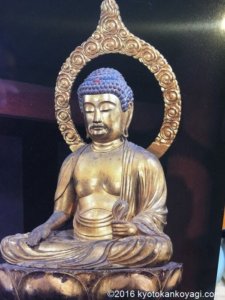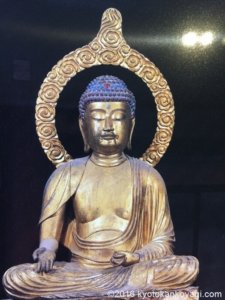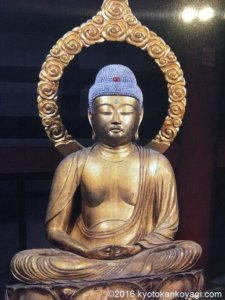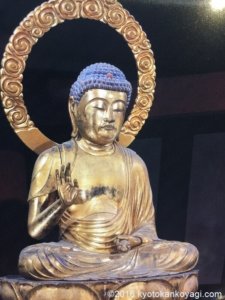15
The rock garden has 15 stones. In the East, 15 is a numeral that means perfection. because the moon becomes full moon in 15 days. Seated on the veranda of Hojo, the main hall of the temple, we can see only 14 stones . The constructor or designer of the garden intended to show imperfection in perfection. This is one of the typical conception we Japanese have.
16 Arhats 十六羅漢
Arhat is a kind of saint who reached Nirvana. 16 Arhats is guardians of Buddha. In this hypothesis, the stones represents 15 Arhats of them. One of them is missing in the garden because it is on the way to save Buddha and Buddhism.
753
The 15 stones divided into 5 groupings. From left to right, 5, 2, 3, 2, and 3. We put the groupings together as indicated in the blue square in the photo. Each grouping consists of 7, 5, and 3 stones. In yin-yang philosophy, odd number belongs to yang and is believed to bring us good luck.
Five Tathagatas 五智五仏/五知如来
Five Wisdom 五智
As previously indicated, the garden has five groupings of stones. In this hypothesis, we think each grouping stands for Five Tathagatas Buddhas. In Vajrayana Buddhism, they represent so-called “Five wisdom” of Vairocana.
Vairocana 大日如来
Vairocana represents what is beyond concept. It means what is ultimate. It is believed to be equivalent to the truth in Buddhism.
Akshobhya 阿閦如来
It tells us to see the true nature of existence as it is.
Ratnasambhava 宝生如来
It tells us when we can see it as it is, everything is equal without discrimination.
Amitabha 阿弥陀如来
It tells us to contemplate on the equal things.
Amoghasiddhi 不空成就如来
It tells us to respond to them and act in a right way.

I’m sure this is the most interesting!
ヤギの京都観光案内/KYOTO GOAT BLOGをもっと見る
購読すると最新の投稿がメールで送信されます。

